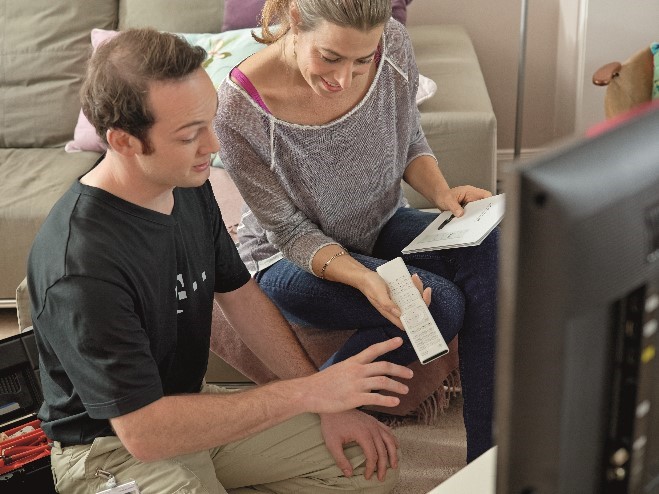Guest post by Deutsche Telekom. Jon Carter, UK Head of Business Development - Connected Home, will speak at the 21st-annual CONNECTIONS: The Premier Connected Home Conference on May 25, 2017.
 The smart home is driving a range traditional as well as non-traditional business models - which one fits your business?
The smart home is driving a range traditional as well as non-traditional business models - which one fits your business?
While the connected home market is rocketing, with some analysts predicting the market as a whole could be worth almost US$150 billion globally by 2020, representing 35% average annual growth over this period, one area in particular is still at an early stage of development - that of business models. The range of models is already quite broad but we have yet to even ‘scratch the surface’ of the potential within the connected home. Here are a few models and examples from across Europe:
- Pay monthly subscription-based services will be familiar to most consumers and in the connected home, they open up new revenue stream opportunities for companies with existing customer relationships based around the home. For example, telco providers and utility suppliers throughout Europe have established successful new models by supplying a Smart home gateway, apps and compatible devices on a 24-month contract basis.
- Consumer hardware sales may not be the most surprising business model, but as a tried and tested strategy it certainly performs well, and not just for traditional high street retailers.
- Pay as you go models are also delivering excellent results for utility providers in Germany. E.g. one company is offering six-month Prepaid Smart Home packages, wrapping in a gateway, app and hardware, while others use a combination of hardware bundles of a gateway with app, compatible devices and 1 time payment/24 month packages that have lowered the barriers to consumer uptake, and simplified billing.
- Service bundles have been very popular as well, and by linking connected home products together with new green energy tariffs considerable cross-pollination has been possible. In one example, by signing up to a specific energy tariff consumers receive also a voucher for a Smart Home Starter Pack.
- Bundling partner services in innovative ways will be the mark of a maturing connected home market, bringing together a smart home gateway, app and hardware with security services from a 3 rd party supplier. Also, in some cases insurance companies are partnering with 3rd party smart home security product manufacturers to extend their reach and user base.
- Regulatory based models are particularly popular throughout Europe, due to some national utility regulators allowing smart thermostats to be included within their energy obligation targets, which has enabled some other European utilities to be very successful in signing up many customers to these devices.
- Loyalty based models, where the latest connected home products are leveraged to reduce consumer churn, are also proving their worth across Europe. For example, one of the most successful European utilities is providing the latest connected home thermostats to customers and has seen a significant reduction in churn.
Although the range of business models is already broad, we believe that the potential for exciting new models is almost limitless. Currently the most common models are easy to understand, such as hardware sales margins, subscription or hire-purchase models. However, in order to differentiate in such a crowded market successful enterprises will need to adopt more innovative models, for example those realized by aggregating third party data or through affinity relationships built around an ecosystem.
Of course, there are many examples across Europe of service providers of all types driving initial success by bundling their smart home offer with an existing service, but we expect to see a wide range of other models like affiliate programmes or metered use begin to find a foothold. It is important to note that to cultivate success in developing new and innovative smart home business models, it is essential that enterprises remain close to their core business, ideally developing a smart home offer that extends, builds upon or indeed consolidates their already successful USP.
Overall, it’s fair to say that the exciting part of new and innovative business model generation is only just beginning, as original ways of delivering value from entirely new datasets, smart home devices and ecosystems begin to gain market traction. While plenty of enterprises will have success with existing models, we at Deutsche Telekom look forward to greeting the new with open arms as well.
For more information, visit: http://connectedhomeplatform.telekom.net/

